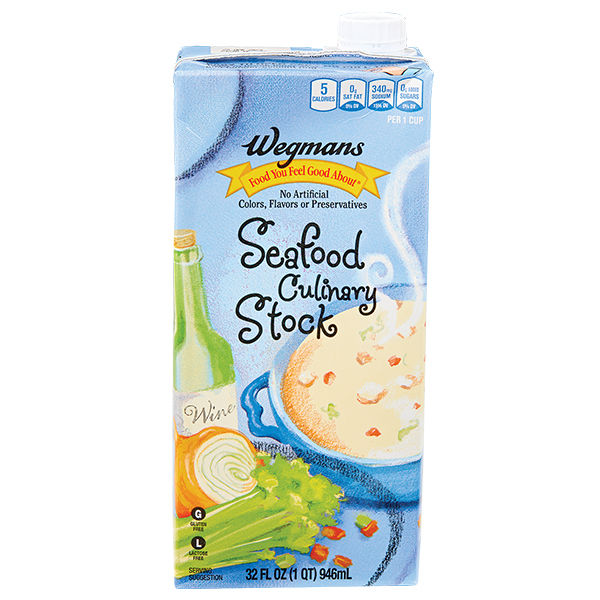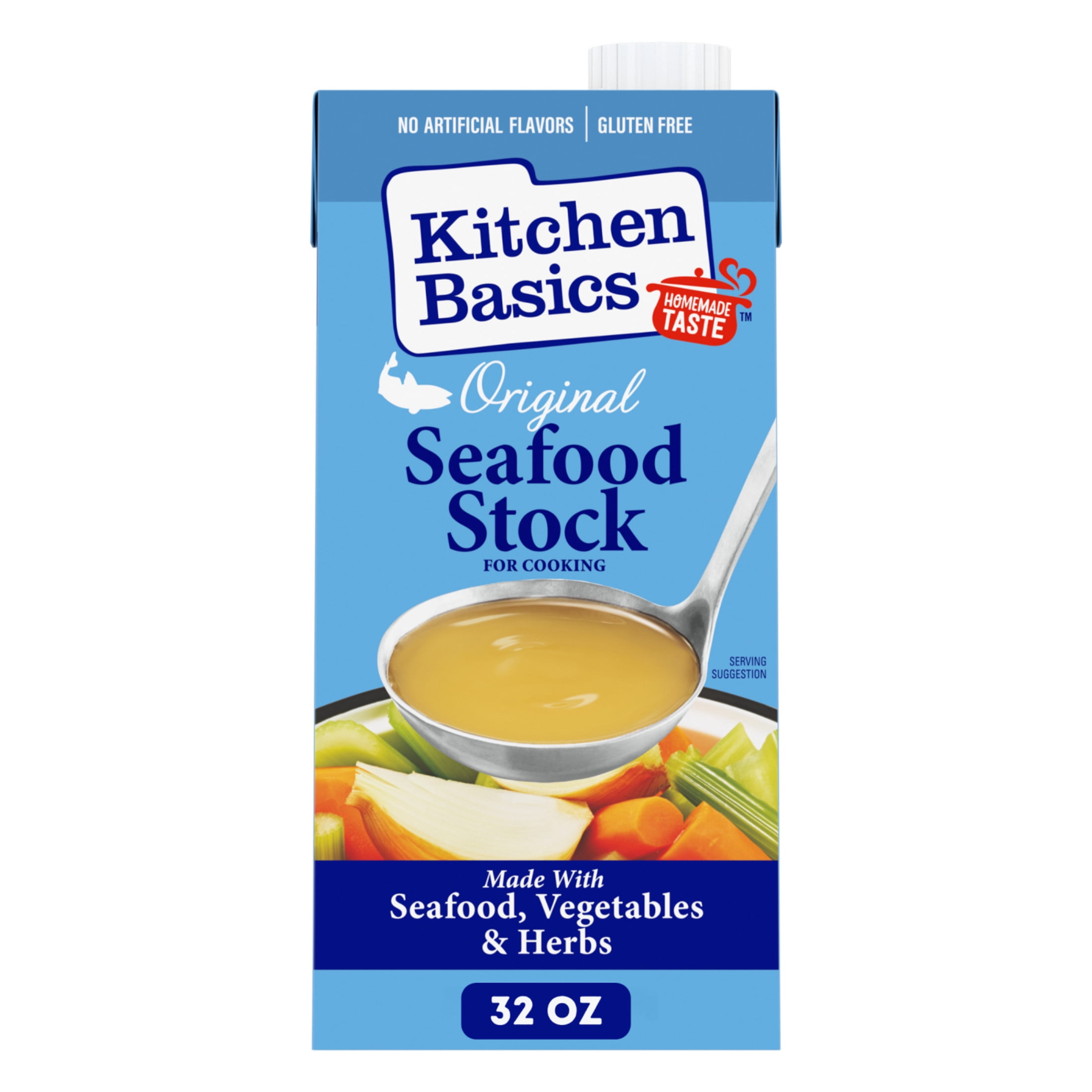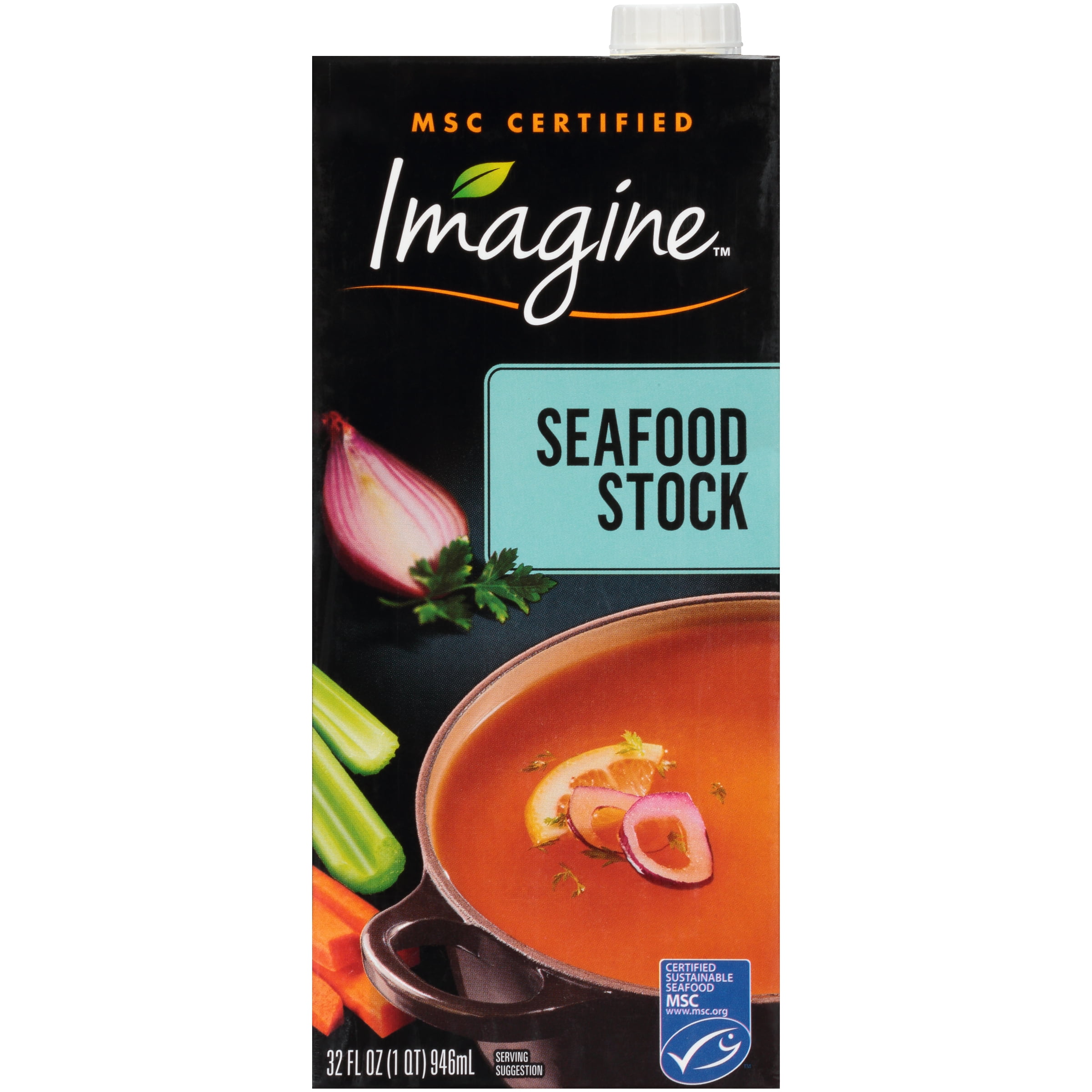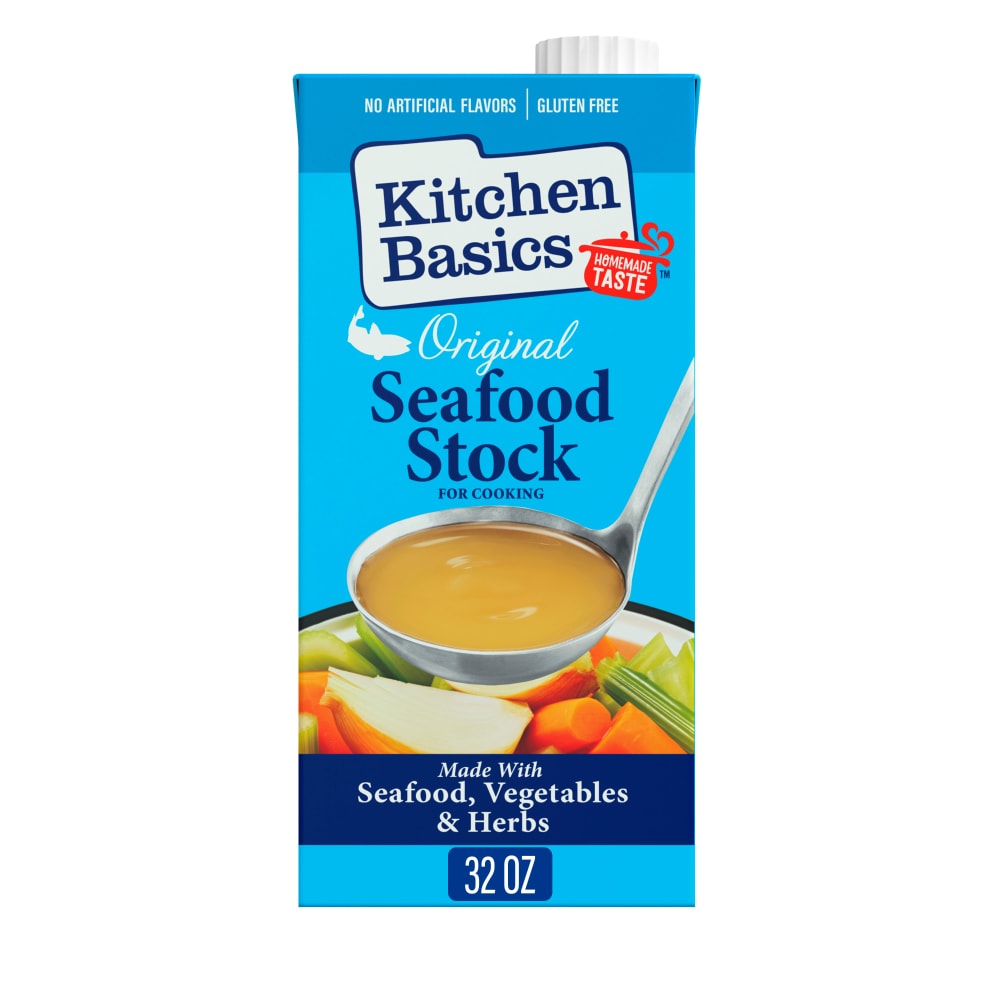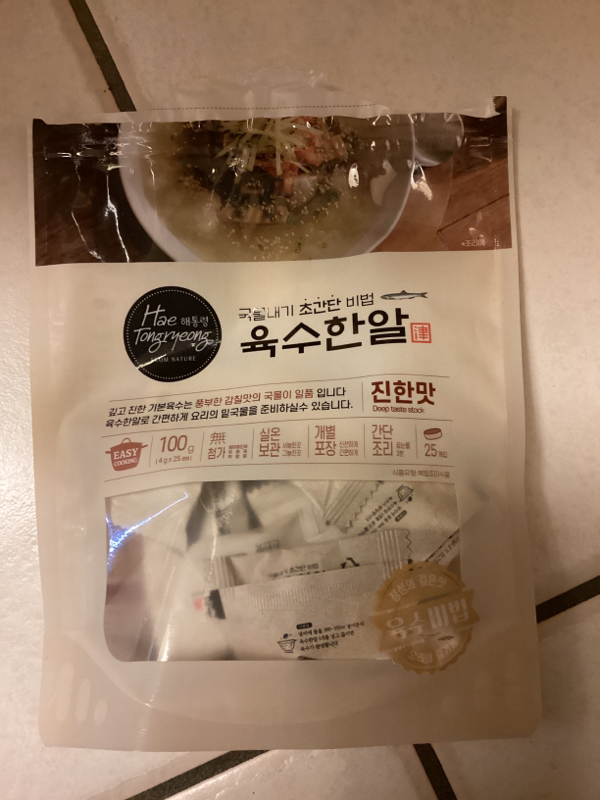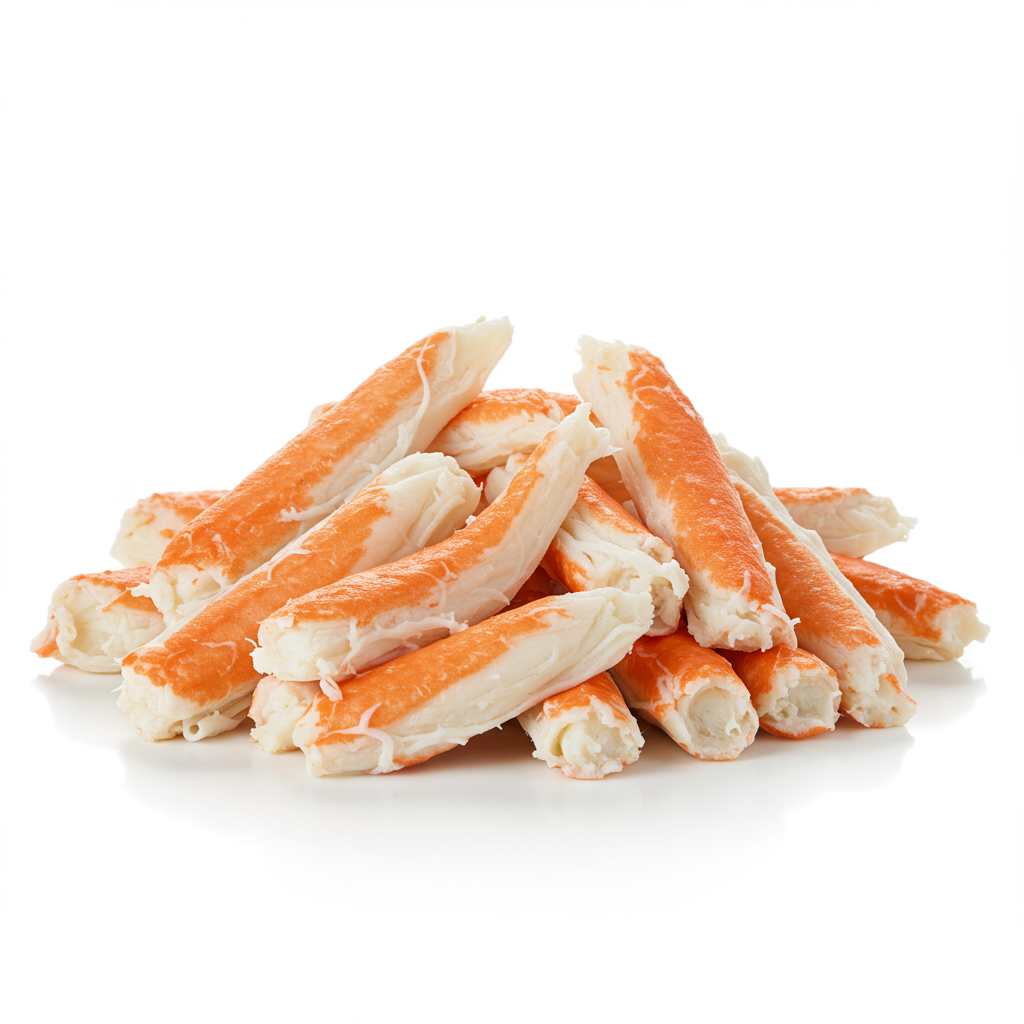SOUPS
CONDIMENTS AND SAUCES
Seafood Stock
Seafood stock is a versatile and flavorful liquid base, primarily used in cooking to enhance the taste of a variety of seafood dishes. It is made by simmering fish or shellfish, such as shrimp, crab, or lobster, in water with aromatic ingredients like vegetables, herbs, and spices. The simmering process extracts flavors from these ingredients, resulting in a rich and concentrated liquid commonly used in soups, stews, sauces, and rice or pasta dishes.
Homemade seafood stock yields a fresher and more complex flavor, while store-bought versions offer convenience and a consistent taste for time-pressed home cooks. Incorporating seafood stock into recipes elevates the dish's overall taste, imparting the fresh and delicate essence of the sea to each bite.
0%
CARBS
0%
FAT
100%
PROTEIN
50 Seafood Stock Products
Used In 11 Recipes
3
Cajun Shrimp Etouffee Delight
4
Decadent Lobster Ravioli with White Wine Saffron Sauce
2
Creamy Lobster Bisque
4
Dominican Shrimp Paella (Locrio De Camarones)
3
Dominican Rice and Shrimp Symphony
3
Chicken Seafood & Andouille Sausage Gumbo
1
Seven-Fishes Stew
8
Green Curry Tilapia with Basil and Turmeric
Seafood Stock Is Frequently Used With
Seafood Stock FAQ
One common mistake when cooking with seafood stock is overcooking the stock. Since the essence of seafood is delicate, it only requires a short simmer before it imparts its full flavor. High heat or prolonged cooking will not only cloud the stock but can also reduce its freshness.
Another issue is adding seafood with strong, overpowering tastes. This could potentially make your stock too fishy, which could be off-putting. Selecting the right type of seafood is essential. For light and sweet flavored stock, shellfish like shrimp, crab, or lobster is recommended.
To get the most out of your seafood stock:
1. Do not rush the simmering process: the flavor needs time to develop.
2. Use the freshest seafood you can find for the best taste.
3. Feel free to experiment with herbs and spices but avoid those with strong flavors that can mask the delicate flavor of the seafood.
4. Seafood stock can be used in a variety of dishes, not just seafood-based ones. It can significantly enhance the flavors of rice, pasta, and risotto.
Here are some lesser-known tips:
1. You can make your own seafood stock using the shells of shrimp, lobster, or crab. Don't throw these away after cooking these ingredients.
2. Steam seafood on top of a broth or wine for an added flavor boost. This would give you a ready to use seafood stock.
Can you cook seafood stock and keep it overnight in the fridge?
Is it necessary to remove the heads and shells from shrimp and other shellfish when making seafood stock?
How do you reduce the fishiness of seafood stock?
Can I use fish bones in seafood stock?
Are store-bought seafood stocks as good as homemade ones?
Can seafood stock be used in vegetarian dishes?
Can seafood stock be used interchangeably with other stocks like chicken or vegetable stock?
How can I thicken my seafood stock?
Can I freeze seafood stock?
What ingredients go well with seafood stock?
Expiration & Storage Tips
When does seafood stock expire?
Unopened: Depending on the brand and the preservatives used, store-bought seafood stock can last for up to a year inside your pantry. Check for the 'Best Before' date printed on the packaging for the exact timeline. Once opened, it should be used within 4 to 5 days when stored in the refrigerator. Homemade seafood stock should be kept in the refrigerator and used within 3 days. When it comes to freezing, both homemade and leftover store-bought seafood stock can be frozen and lasts up to 3-4 months.
How do you tell if seafood stock is bad?
The foremost indicator is a change in smell; fresh seafood stock should smell clean and lightly oceanic. If it starts to emit an off-putting or sour odor, it's likely spoiled. Other signs of spoilage include mold or a formation of a slimy layer on the surface. If the stock has been frozen, ice crystals or a change in color might signal degradation.
Tips for storing seafood stock to extend shelf life
• Always refrigerate or freeze leftover seafood stock.
• Store the stock in airtight containers. When freezing, leave a bit of space at the top of the container for expansion.
• Frozen stock can be portioned into ice cube trays for smaller servings.
• Always thaw frozen seafood stock overnight in the fridge, not at room temperature to prevent bacterial growth.
• When refrigerating, it helps to mark the storage date on the container so you can keep track of its freshness.
EXPIRES WITHIN
19 - 29
MONTHS
Substitutes
Health Info
Macros
0g
CARBS
0g
FAT
1g
PROTEIN
Allowed on these diets
LOW FAT
HIGH CALCIUM
KETO
PALEO
WHOLE 30
MEDITERRANEAN
LOW CARB
LACTOSE FREE
GLUTEN FREE
Contains these allergens
FISH
CRUSTACEAN SHELLFISH

